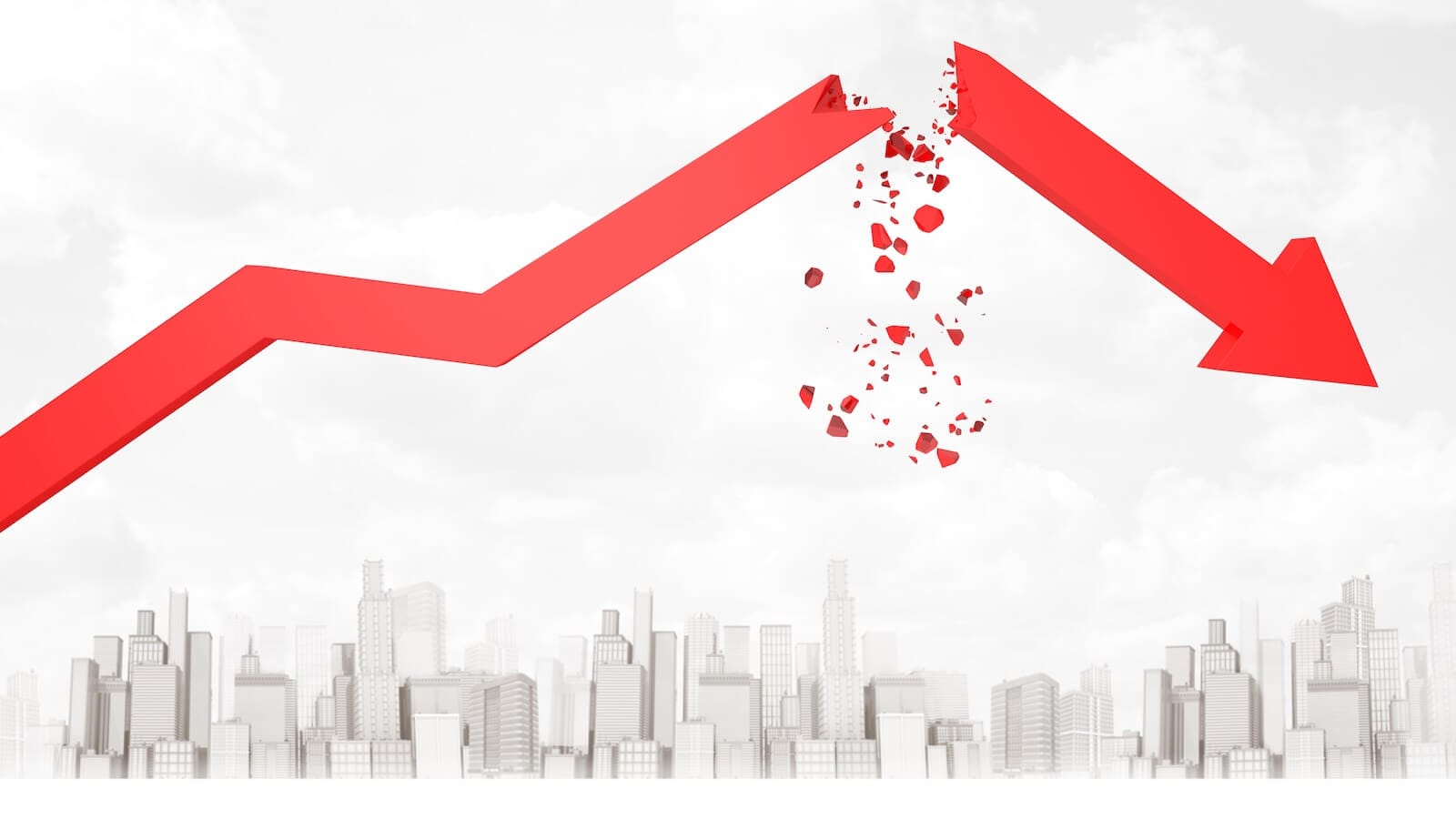SEASONAL ADJUSTING DISTORTS APRIL INFLATION NUMBERS -- RISING US RATES ARE STARTING TO BOOST AN OVERSOLD DOLLAR -- THAT COULD CAUSE PROFIT-TAKING IN OVERBOUGHT COMMODITIES
ASK FOR SEASONALLY ADJUSTED GASOLINE ... It seems every central bank in the world is concerned about inflation except ours. I was struck by two conflicting headlines in today's paper. One says "British Bank Chief Expects No Relief From Inflation". The other reads "Price Data Suggests Slowdown is Cooling Inflation". The second headline refers to yesterday's report showing that April consumer prices rose by only 0.2%. The core rate (excluding food and energy) rose an even smaller 0.1% during April. Economists were encouraged by the "benign" inflation numbers. There are at least two problems with that complacent view. One is that food prices rose 0.9% in April (5.1% over the previous year and the biggest jump since 1990). Here's the real kicker. The main factor holding down April inflation was a "surprising" -0.2% dip in the price of gasoline. The surprise came because gasoline actually rose 5.6% during April. Chart 1 shows gasoline futures climbing sharply during that month (see box). The Labor Department turned a gasoline rise into a drop by "seasonally adjusting" the April numbers. It's bad enough when they exclude food and energy from inflation calculations. It's even worse when they manipulate rising energy prices to make them look like they're falling. Here's how you can solve that problem. The next time you fill up your tank, tell the guy you want the "seasonally adjusted" price of gasoline. See what he says.

Chart 1
DOLLAR MAY BE BOTTOMING ... On Tuesday I suggested that U.S. interest rates might be bottoming. No upside breakout in bond yields has taken place, but I strongly suspect that U.S. rates are headed higher. One reason for that is because the Fed is growing increasingly concerned that lower U.S. rates are weakening the dollar which is pushing commodity prices higher. That combination could lead to an inflation problem if left unchecked. One way the Fed can contain the commodity boom is to give a boost to the U.S. Dollar. The only way it can do that is to raise short-term rates or at least not stop them from rising. Chart 2 shows that the major uptrend in the CRB Index (brown line) started in 2002 as the U.S. Dollar Index was peaking. They've been trending in opposite directions since then. One argument for a dollar bottom is that the 9-month RSI line (below chart) is the most oversold (below 30) since 2003. That may not give the dollar big boost but could keep it from falling any further. It's going to take rising rates to turn the dollar higher.

Chart 2
2-YEAR YIELDS ARE BOUNCING ... Chart 3 plots the 2-Year Treasury Yield since the start of 2007. The direction of that line is very influenced by Federal Reserve actions. The 2-Year Yield started to plummet last July as credit problems started to surface and in anticipation that the Fed would have to start lowering short-term rates pretty aggressively. And it did. Naturally that weakened the dollar and helped push commodity prices to record highs. The 2-year rate, however, has been rising since mid-March as credit fears have diminished (and the stock market rebounded). The 2-Year yield is trading at the highest level since January and is trading above its 50-day average for the first time since last July. It's too soon to call that an uptrend. But I would call it a bottom. Chart 4 shows that short-term yield bouncing off chart support at its 2004 low. That makes this a logical spot for rates to start rising. The green line below Chart 4 is the U.S. Dollar Index. The USD usually follows the direction of the 2-Year yield but often with a time lag. The vertical bars in Chart 4 show that turns in rates usually precede turns in the dollar.

Chart 3

Chart 4
WEEKLY DOLLAR CHART STABILIZES ... The weekly dollar bars in Chart 5 are surrounded by Bollinger bands. The trend is still down. A close over dashed middle line (20-week average) is needed to turn the intermediate trend higher. That would signal a possible rebound to the upper band and its fourth quarter high near 78. Still not enough to start a major uptrend, but enough to force some dollar bears to cover short positions. The weekly MACD lines below the chart have turned positive after forming a "double bottom" and showing positive divergence. That may at least suggest that the dollar is stabilizing. Higher U.S. rates and and firmer dollar could put a cap on commodity prices. Probably not enough to end the long-term commodity bull run, but enough to cause some profit-taking in that overbought asset class.

Chart 5
EURO AND MOST COMMODITIES ARE SLIPPING... The foreign currency that's had the bigggest impact on the falling dollar has been the Euro. Chart 6 shows the XEU trading below its 50-day moving average for nearly two weeks. When the Euro drops, the dollar rises. Commodity prices usually trend in the same direction as the Euro (and opposite the dollar). Chart 7 shows the DB Commodities Tracking Index (DBC) having recently hit a new high but with negative divergences on the RSI and MACD lines. The DBC has been pushed higher by energy prices. Everything else is already in a downside correction. Chart 8 shows base metals, precious metals, and agriculaturals well off their March highs. With so much money flowing into commodities this year, it might not take much of a selloff to pry some of that money back to the sidelines.

Chart 6

Chart 7

Chart 8










